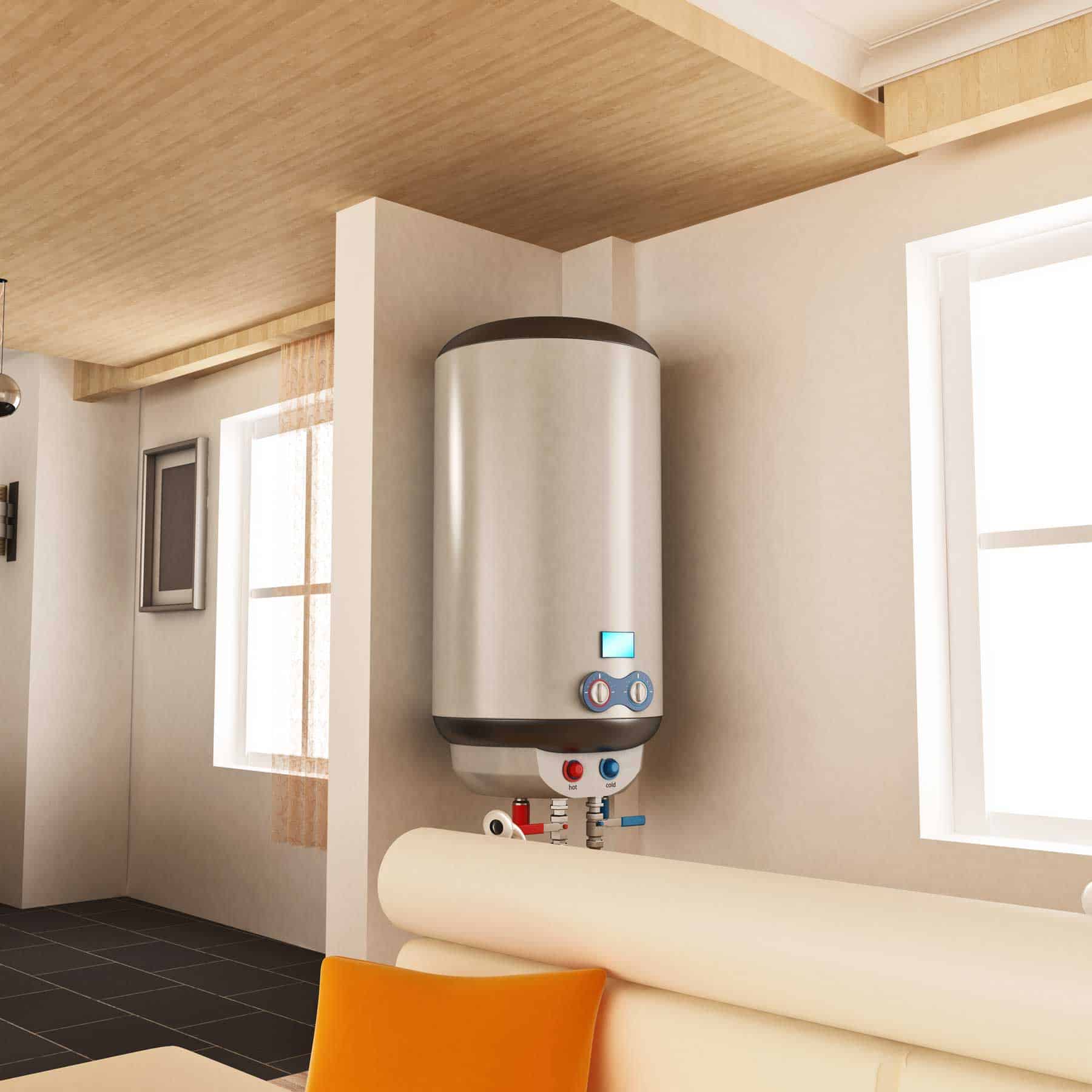How to Properly Maintain Your Home's Hot Water System
How to Properly Maintain Your Home's Hot Water System
Blog Article
The article author is making several great observations related to Tips on Maintaining a Water Heater as a whole in the content followed below.

Warm water is essential for day-to-day comfort, whether it's for a refreshing shower or washing recipes. To guarantee your hot water system runs effectively and lasts longer, regular maintenance is essential. This post provides useful ideas and understandings on just how to maintain your home's warm water system to avoid interruptions and pricey repair work.
Intro
Maintaining your home's hot water system might seem challenging, but with a couple of easy steps, you can guarantee it operates smoothly for years to find. This guide covers everything from understanding your hot water system to do it yourself upkeep suggestions and understanding when to employ specialist aid.
Importance of Maintaining Your Hot Water System
Routine maintenance not only prolongs the life expectancy of your warm water system yet additionally guarantees it operates efficiently. Neglecting upkeep can result in lowered efficiency, higher power costs, and even premature failure of the system.
Signs Your Warm Water System Requirements Maintenance
Recognizing when your warm water system requires attention can prevent major problems. Watch out for indications such as irregular water temperature level, unusual noises from the heating unit, or corroded water.
Understanding Your Warm Water System
Before diving into maintenance tasks, it's practical to understand the standard parts of your hot water system. Normally, this includes the hot water heater itself, pipes, anode poles, and temperature controls.
Month-to-month Upkeep Tasks
Regular month-to-month checks can assist catch small issues prior to they intensify.
Flushing the Hot Water Heater
Flushing your hot water heater removes debris buildup, boosting efficiency and prolonging its life.
Monitoring and Changing Anode Rods
Anode rods prevent rust inside the storage tank. Inspecting and changing them when worn is essential.
Inspecting and Changing Temperature Settings
Readjusting the temperature level setups guarantees optimal efficiency and security.
DIY Tips for Upkeep
You can execute a number of upkeep jobs yourself to maintain your hot water system in top problem.
Checking for Leakages
Consistently check pipes and connections for leaks, as these can result in water damages and higher costs.
Testing Stress Relief Valves
Checking the pressure safety valve ensures it works correctly and prevents extreme stress accumulation.
Shielding Pipes
Shielding hot water pipelines reduces warmth loss and can conserve power.
When to Call a Professional
While DIY upkeep is beneficial, some problems need expert competence.
Complicated Issues Requiring Professional Help
Examples consist of significant leakages, electric issues, or if your water heater is regularly underperforming.
Routine Specialist Upkeep Conveniences
Expert upkeep can include comprehensive examinations, tune-ups, and making sure compliance with safety and security standards.
Final thought
Normal maintenance of your home's warm water system is essential for efficiency, durability, and price savings. By following these ideas and understanding when to seek professional help, you can make sure a trustworthy supply of warm water without unforeseen disruptions.
How to Maintain an Instant Hot Water Heater
Before tinkering with your hot water heater, make sure that it’s not powered on. You also have to turn off the main circuit breaker and shut off the main gas line to prevent accidents. Also turn off the water valves connected to your unit to prevent water from flowing into and out of the appliance. 2. When you’re done, you have to detach the purge valves’ caps. These look like the letter “T†and are situated on either side of the water valves. Doing so will release any pressure that has accumulated inside the valves while at the same time avoid hot water from shooting out and burning your skin. 3. When the purge valves’ caps are removed, you have to connect your hosing lines to the valves. Your unit should have come with three hoses but if it didn’t, you can purchase these things from any hardware or home repair shops. You can also get them from retail stores that sell water heating systems. Read the user’s manual and follow it to complete this task properly. When the hosing lines are connected, open the purge port’s valves. 4. You should never use harsh chemical cleaners or solutions when cleaning your unit. Make use of white vinegar instead. It should be undiluted and you’ll probably use about 2 gallons. 5. Now flush your water heater. This task should probably take about 40 minutes. We can’t give you specific directions for this because the procedure is carried out depending on the type, model and brand of your heater. With that being said, refer to the user’s manual. 6. When you’re done draining the unit, you have to turn off the purge port valves again. Remove the hosing lines that you earlier installed on each of the water valves. Put the valve caps (purge port) back in their respective places and be very careful so as not to damage the rubber discs that are found inside these caps. 7. Now that everything’s back in place, check your user’s manual again to find out how to reactivate your water heating system. 8. Once it is working, turn one of your hot water faucets on just to let air pass through the heater’s water supply pipes. Leave the tap on until water flows smoothly out of it. https://www.orrplumbing.com/blog/2014/september/how-to-maintain-an-instant-hot-water-heater/

We are very inquisitive about How to Maintain a Hot Water Heater in a Few Simple Steps and I really hope you enjoyed reading our blog posting. In case you appreciated our post plz be sure to share it. We truly appreciate reading our article about Tips on Maintaining a Water Heater.
Schedule Free Estimate Report this page